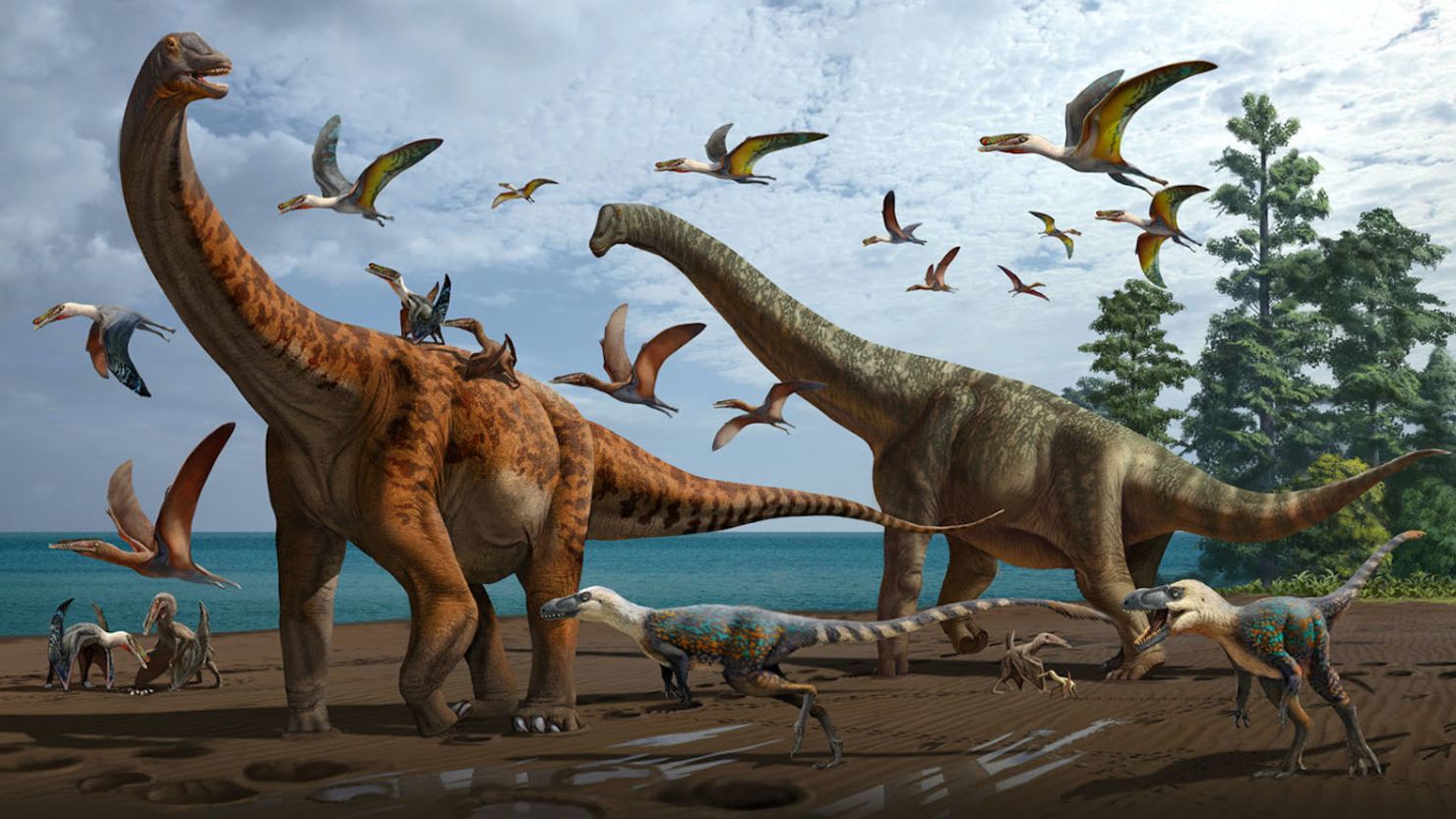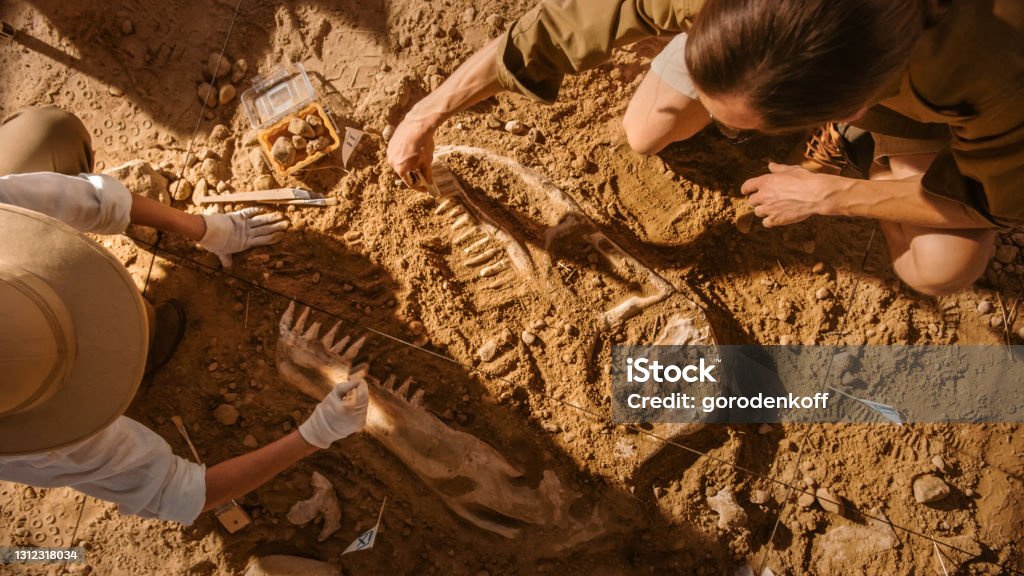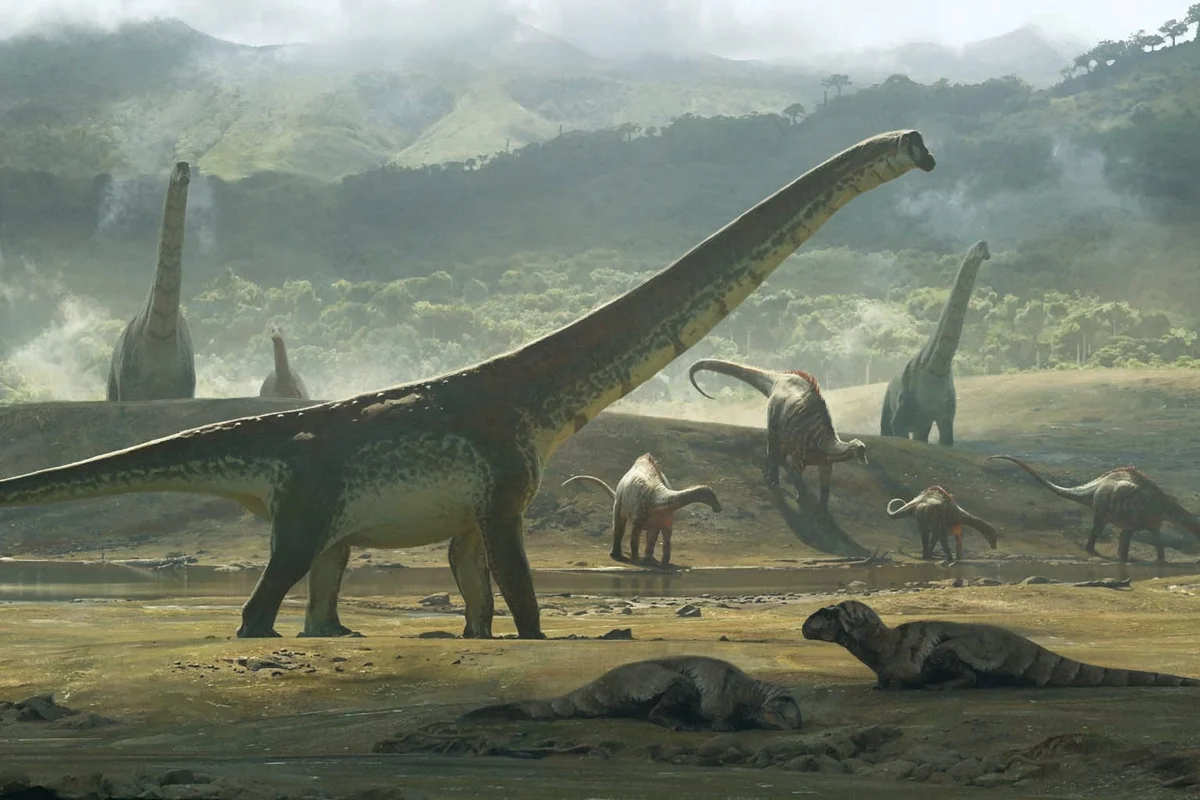How Do We Know About Apatosaurus’s Behavior and Lifestyle?

Introduction
Apatosaurus, previously known as Brontosaurus, is one of the maximum well-known dinosaurs of the past.
The existence of Apatosaurus will tell the ways that display the secrets and techniques of what scientists have acknowledged to this point.
Understanding Apatosaurus
Apatosaurus, meaning “beguiling lizard,” was a massive, herbivorous dinosaur that lived roughly 150 million years ago during the Late Jurassic period. These bland giants roamed the Earth, and their fossils have been ascertained in various localities across North America.
To deduce their conduct and lifestyle, scientists rely upon an aggregate of strategies, such as fossil evidence, comparative anatomy, and pc simulations.
Fossil Evidence: A Window to the Past
Fossils are the capital source of facts approximately Apatosaurus’s conduct and lifestyle. The unearthing of Apatosaurus fossils has supplied priceless insights into their carnal peculiarity and the way they might have interacted with their environs.
Apatosaurus’s long neck, which may reach lengths of as much as 30 feet, is certainly one of its most one-of-a-kindfunctions. Fossilized neck vertebrae have been unearthed, permitting scientists to estimate the period and flexibility of their necks.
By analogizing those fossils to the skeletons of current-day animals, consisting of giraffes and elephants, researchers can infer that Apatosaurus used its lengthy neck to reach excessive flowers, much like current herbivores that feed on tall bushes and shrubs.
Besides, the examination of Apatosaurus teeth found in fossils furnishes valuable clues about their diet. The flat, peg-like teeth suggest that they were well-suited for processing plant material, such as ferns and conifers. This proof points to a herbivorous lifestyle, confirming that Apatosaurus fed on vegetation.
Comparative Anatomy: Drawing Parallels with Modern Animals
To gain a deeper understanding of Apatosaurus’s bearing, scientists often draw parallels with dwelling animals. Comparative anatomy includes analyzing the similarities and differences between Apatosaurus and their present-day loved ones, together with birds and reptiles.
Apatosaurus, like every dinosaur, belongs to the reptilian lineage, however,t hey share some traits with today’s birds, which might be their closest living loved ones.
The structure of their limbs and pelvis provides clues about their posture and mobility. By reading these functions, researchers infer that Apatosaurus walked on 4 strong legs, comparable to trendy-day elephants and rhinoceroses.
Furthermore, examining the structure of their bones can shed light on their possible behaviors. For example, the size and shape of the leg bones suggest that Apatosaurus had a robust and stable gait, which could have enabled them to traverse long distances in search of food or water.
Computer Simulations: Bringing Dinosaurs to Life
Advancements in technology have allowed scientists to create computer simulations that help visualize Apatosaurus’s behavior and lifestyle more accurately.
These simulations take into account factors like biomechanics, atmosphere, and physics to recreate the movements and interactions of these antique creatures.
Using computer models, researchers can simulate how Apatosaurus might have walked, run, or even interacted with their kind. These simulations feed valuable wisdom into their locomotion, social behaviors, and potential reaction to atmosphere challenges.
The Social Aspect of Apatosaurus
Apatosaurus were not lone persons; they likely lived in herds. Fossil proof often shows multiple humans found together, suggesting a social edifice ditto to modern-day herbivores like buffalo or elephants. The study of trackways, or fossilized footprints, furnish further proof of herding behavior.
These tracks reveal patterns of movement and group dynamics, helping scientists conclude how Apatosaurus interacted with each other and their environment.
Feeding Habits and Dietary minion
Apatosaurus’s immense size and herbivorous diet indicate that they required vast amounts of vegetation to sustain themselves. Computer simulations have been used to estimate their daily caloric intake and the amount of foodthey requiree to consume.
These models suggest that infer likely spent a significant portion of their day foraging for food, and their long necks allowed them to reach foliage at various heights.

Conclusion
It is a good journey to know the practical work and life of Apatosaurus. Through fossil evidence, comparative anatomy, and computer simulations, scientists have been able to gather a comprehensive pictuofout this creature. These green plants were green grasses.
As technology advances, our knowledge of dinosaurs and Apatosaurus continues to grow, providing new insights into the behavior and lifestyle of these creatures as Apatosaurus roamed the Earth in the past. Finding out is the power of science, so how do we know about Apatosaurus’s life and behavior? Provides help to find out
